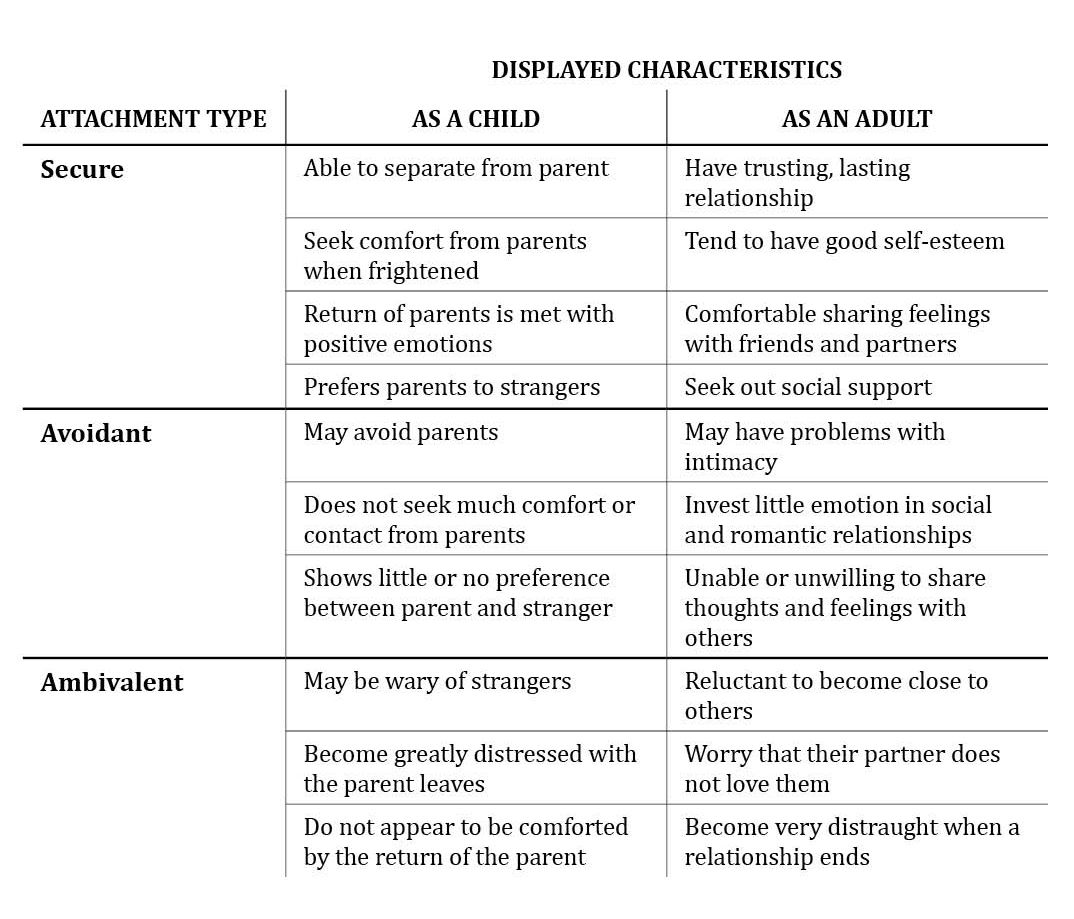Attachment Styles Worksheet: Understanding Your Relationship Patterns

Understanding Your Attachment Style
Have you ever wondered why you consistently attract the same type of partner or struggle with intimacy in your relationships? Your attachment style may hold the key to understanding these patterns. Attachment styles are shaped by our early experiences with caregivers and can influence our relationships throughout our lives. In this article, we’ll delve into the different attachment styles, their characteristics, and how they impact our relationships.
What is Attachment Style?
Attachment style refers to the way we form and maintain relationships with others. It is shaped by our early experiences with caregivers, typically our parents, and can influence our relationships throughout our lives. Attachment styles can be secure or insecure, and each style has distinct characteristics.
Secure Attachment Style
Individuals with a secure attachment style feel comfortable with intimacy, can regulate their emotions effectively, and maintain a sense of independence. They tend to have healthy, fulfilling relationships and can communicate their needs and desires effectively.
Insecure Attachment Styles
Insecure attachment styles can be further divided into three categories: anxious-preoccupied, dismissive-avoidant, and fearful-avoidant.
Anxious-Preoccupied Attachment Style
Individuals with an anxious-preoccupied attachment style are overly dependent on their partners and often experience high levels of anxiety in their relationships. They may become clingy or needy, seeking constant reassurance from their partner.Dismissive-Avoidant Attachment Style
Those with a dismissive-avoidant attachment style tend to avoid intimacy and emotional connection with their partners. They may come across as aloof or distant, prioritizing independence over interdependence.Fearful-Avoidant Attachment Style
Fearful-avoidant individuals have a deep-seated fear of abandonment and intimacy. They may have difficulty trusting their partners and forming close relationships due to a lack of emotional security.
How Attachment Style Impacts Relationships
Our attachment style can significantly impact our relationships, influencing how we communicate, resolve conflicts, and navigate intimacy. Understanding your attachment style can help you identify patterns in your relationships and work towards developing healthier, more fulfilling connections with others.
Communication Styles
Attachment style can influence our communication style in relationships. For example, individuals with an anxious-preoccupied attachment style may become overly critical or demanding, while those with a dismissive-avoidant attachment style may tend to avoid discussing emotional issues.Conflict Resolution
Attachment style can also impact how we resolve conflicts in our relationships. Securely attached individuals tend to approach conflicts in a calm, empathetic manner, while insecurely attached individuals may become overly defensive or dismissive.Intimacy and Emotional Connection
Our attachment style can influence our comfort level with intimacy and emotional connection. Securely attached individuals tend to feel comfortable with physical and emotional intimacy, while insecurely attached individuals may struggle with feelings of vulnerability or closeness.
💡 Note: Recognizing your attachment style is the first step towards developing healthier relationships. By understanding your patterns and tendencies, you can work towards developing a more secure attachment style and forming more fulfilling connections with others.
Changing Your Attachment Style
Fortunately, attachment styles can be changed and modified throughout our lives. By developing self-awareness, practicing emotional regulation, and forming healthy relationships, we can work towards developing a more secure attachment style.
Self-Awareness
Developing self-awareness is crucial in changing your attachment style. Recognize your patterns and tendencies in relationships, and identify areas for improvement.Emotional Regulation
Learning to regulate your emotions can help you develop a more secure attachment style. Practice mindfulness, self-compassion, and healthy coping mechanisms to manage stress and anxiety.Healthy Relationships
Forming healthy relationships can also help you develop a more secure attachment style. Surround yourself with supportive, empathetic individuals who can provide a sense of safety and security.
In conclusion, understanding your attachment style is crucial in developing healthier, more fulfilling relationships. By recognizing your patterns and tendencies, you can work towards developing a more secure attachment style and forming deeper connections with others.
What is attachment style?
+Attachment style refers to the way we form and maintain relationships with others. It is shaped by our early experiences with caregivers and can influence our relationships throughout our lives.
How can I change my attachment style?
+Fortunately, attachment styles can be changed and modified throughout our lives. By developing self-awareness, practicing emotional regulation, and forming healthy relationships, we can work towards developing a more secure attachment style.
What is the impact of attachment style on relationships?
+Our attachment style can significantly impact our relationships, influencing how we communicate, resolve conflicts, and navigate intimacy. Understanding your attachment style can help you identify patterns in your relationships and work towards developing healthier, more fulfilling connections with others.



